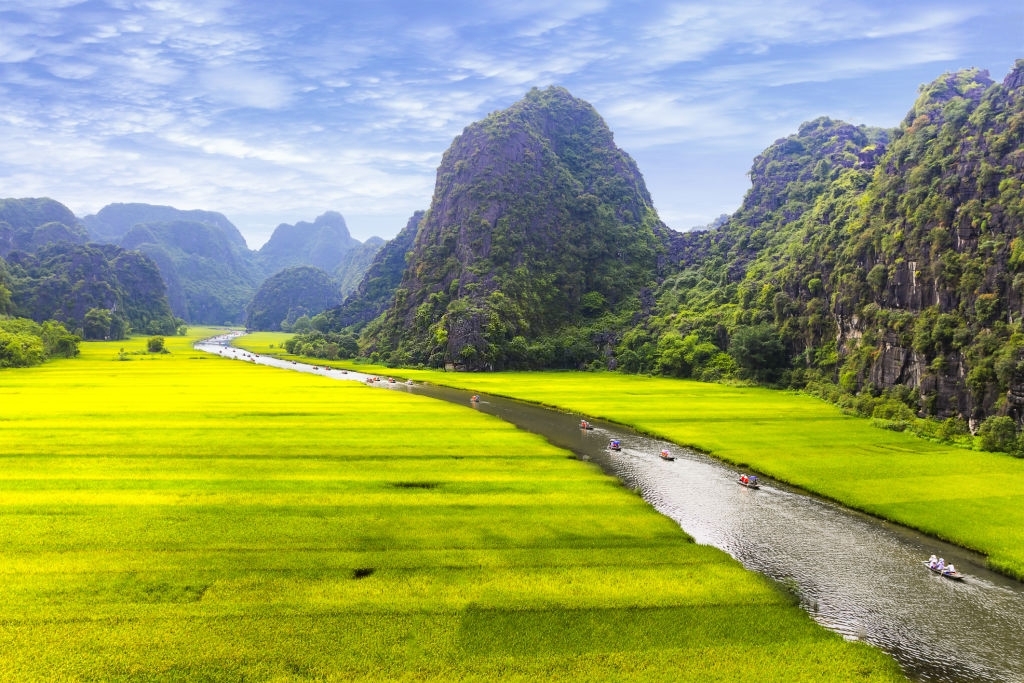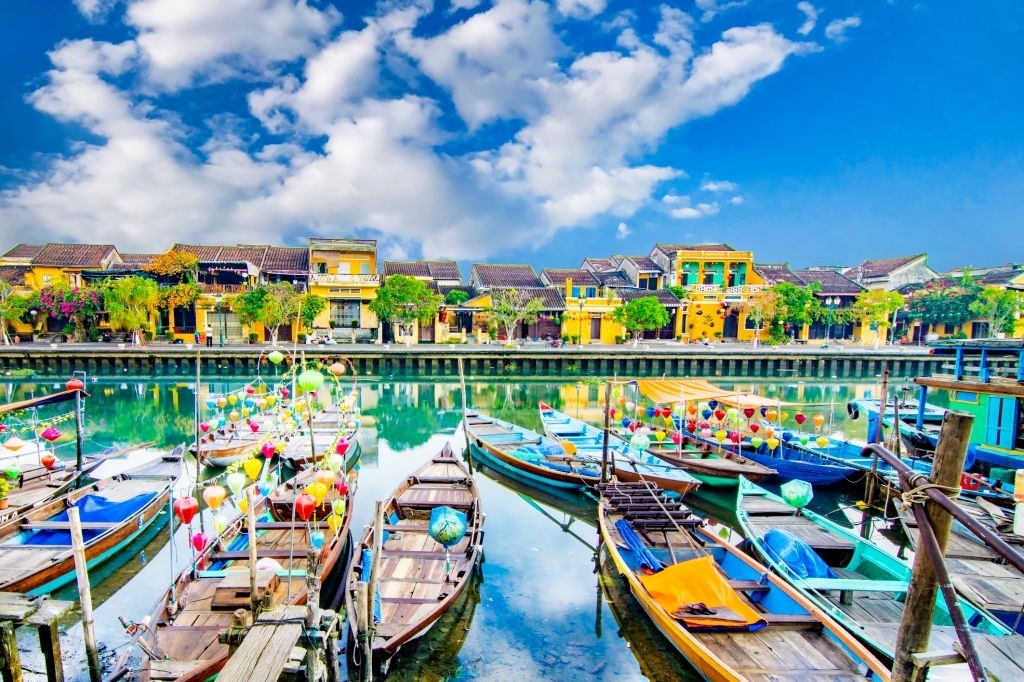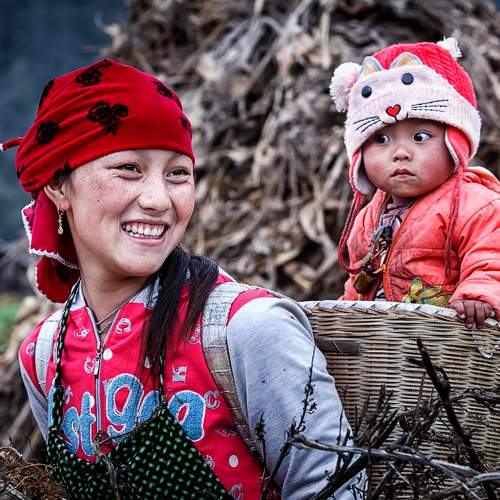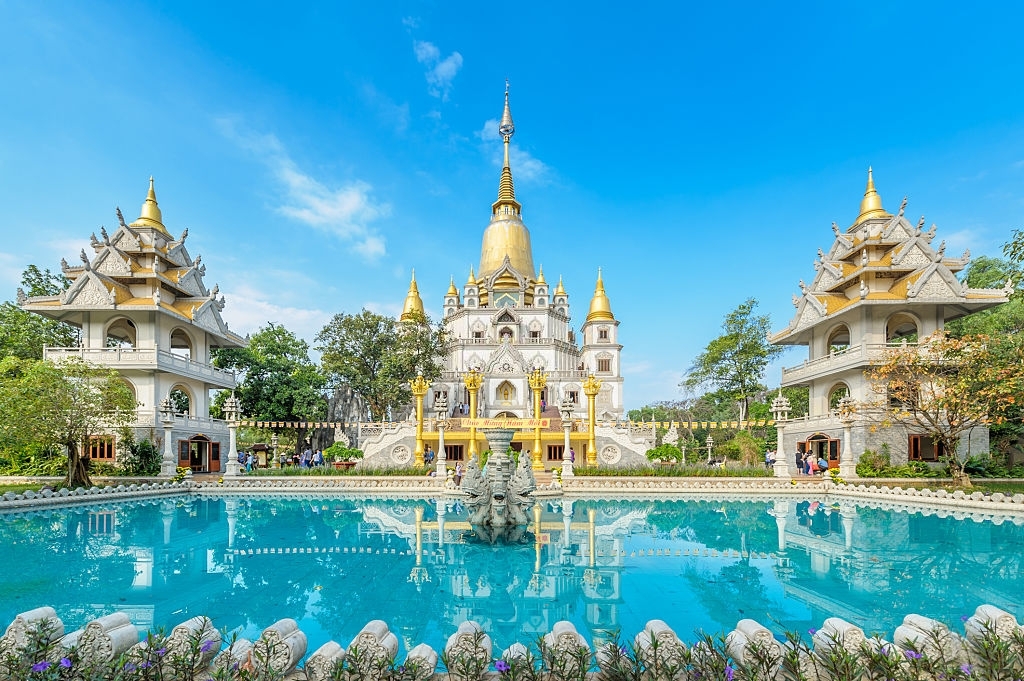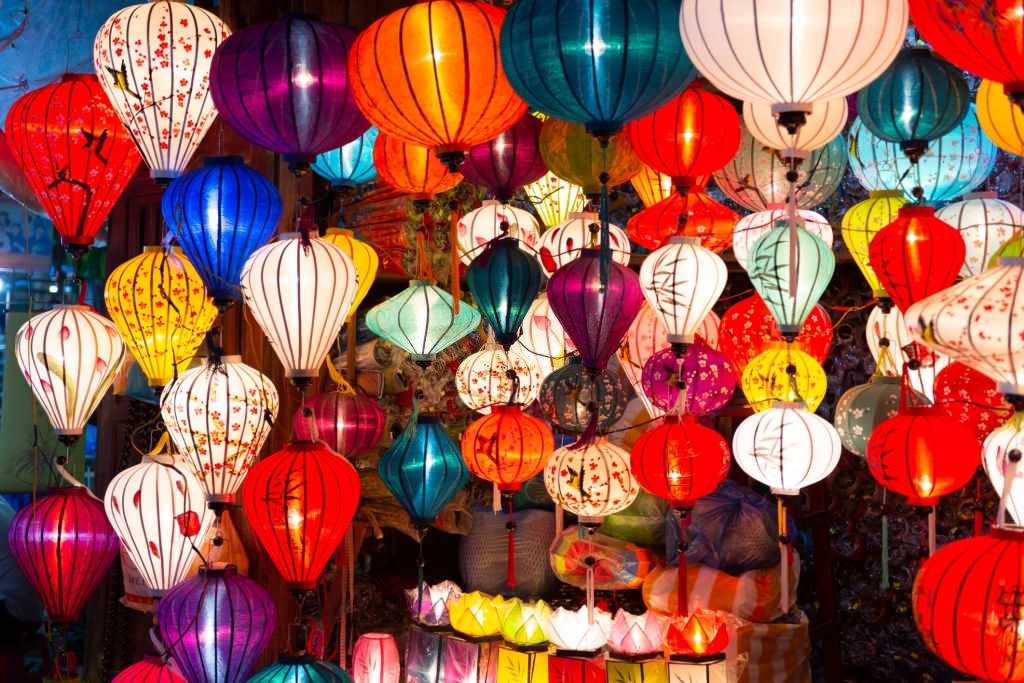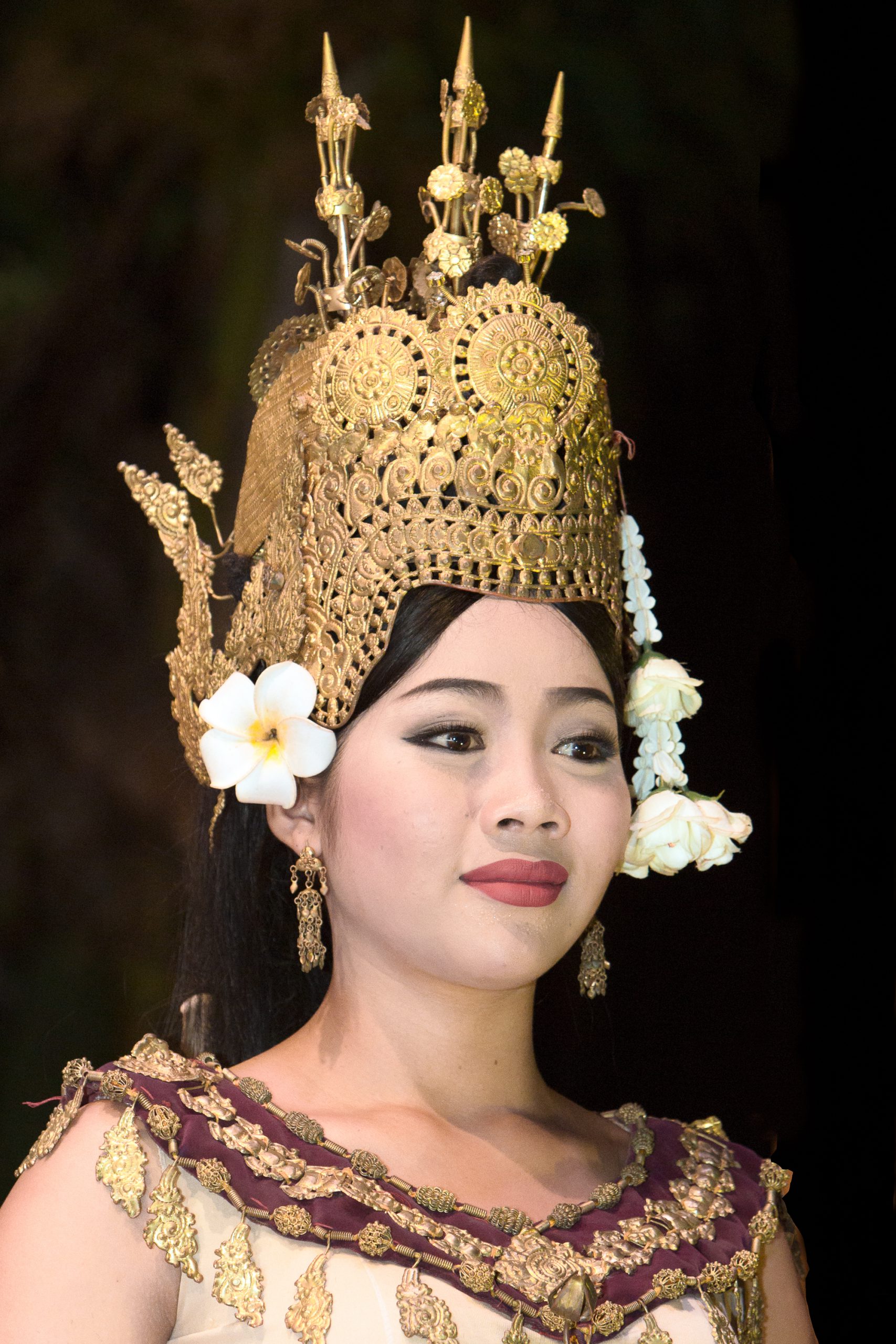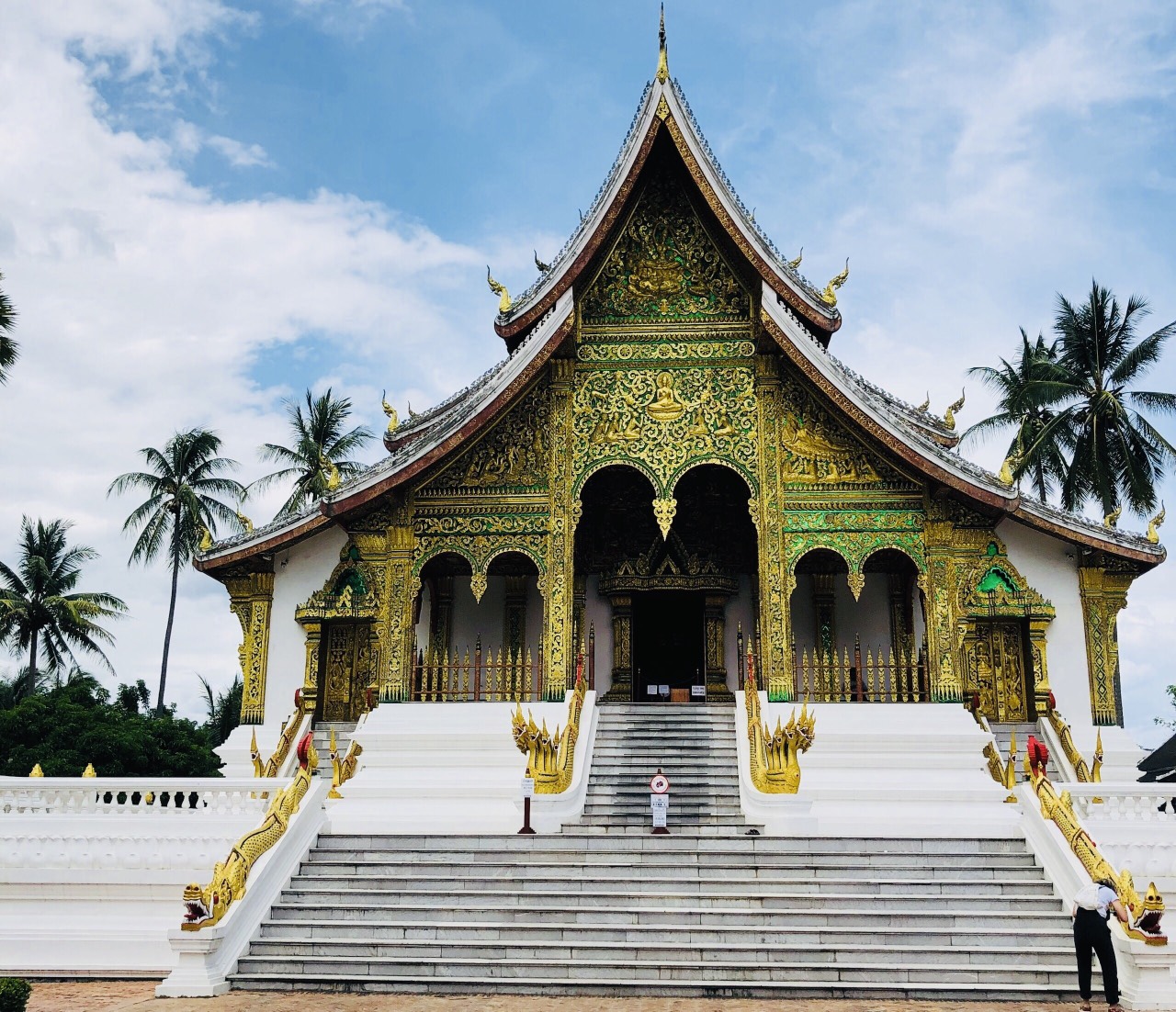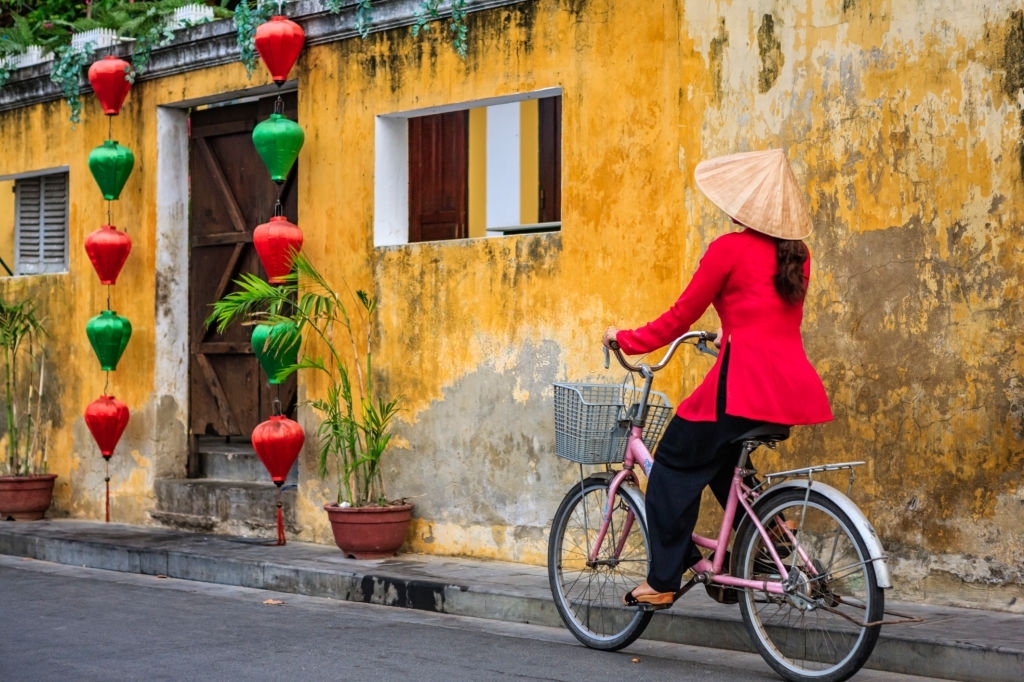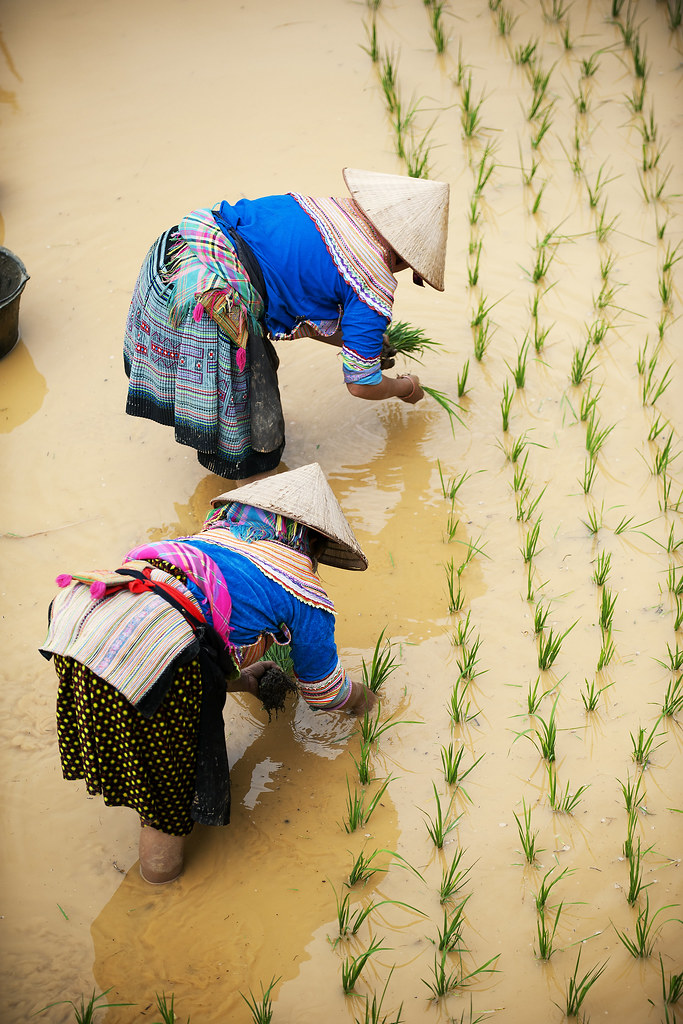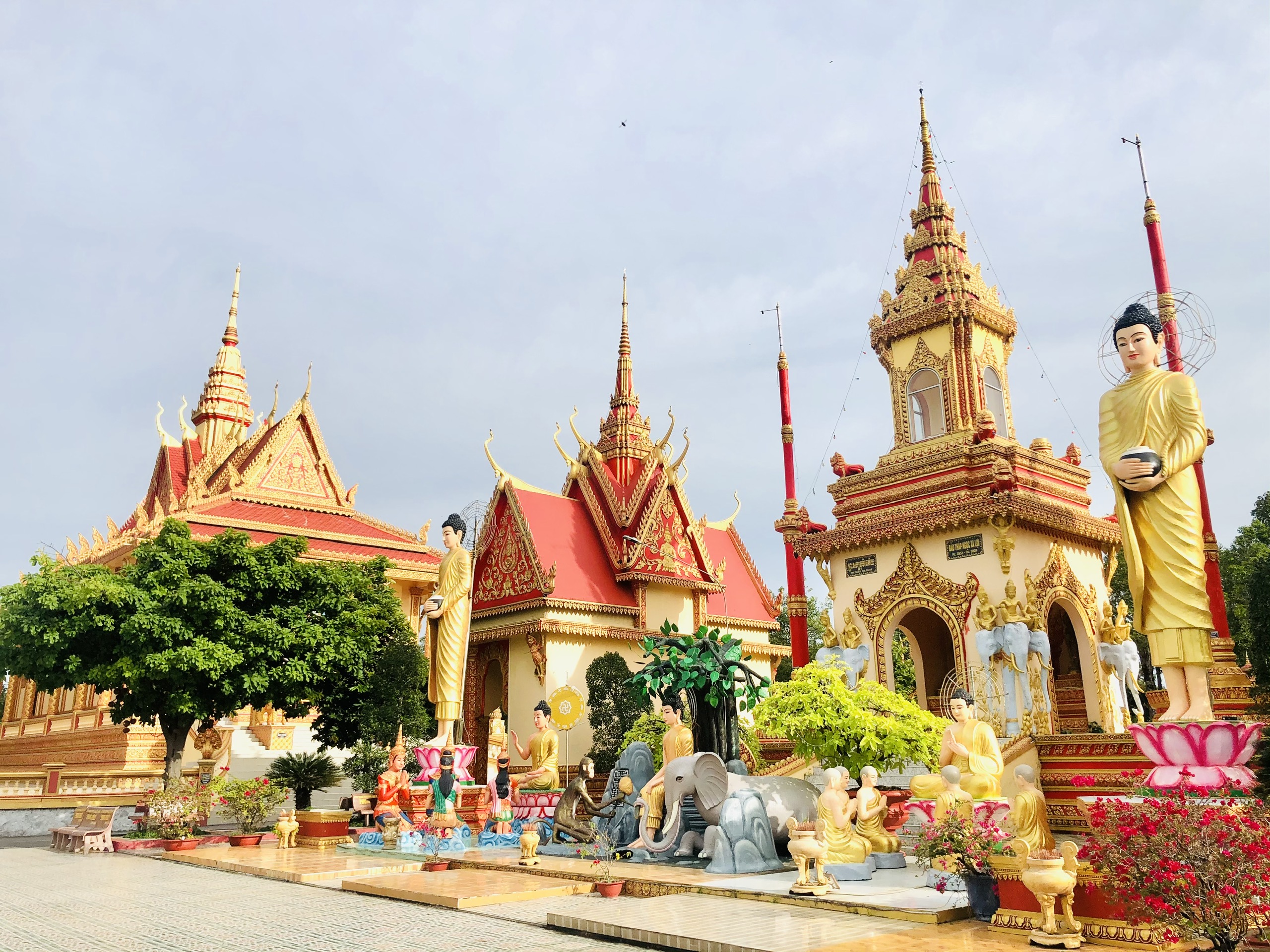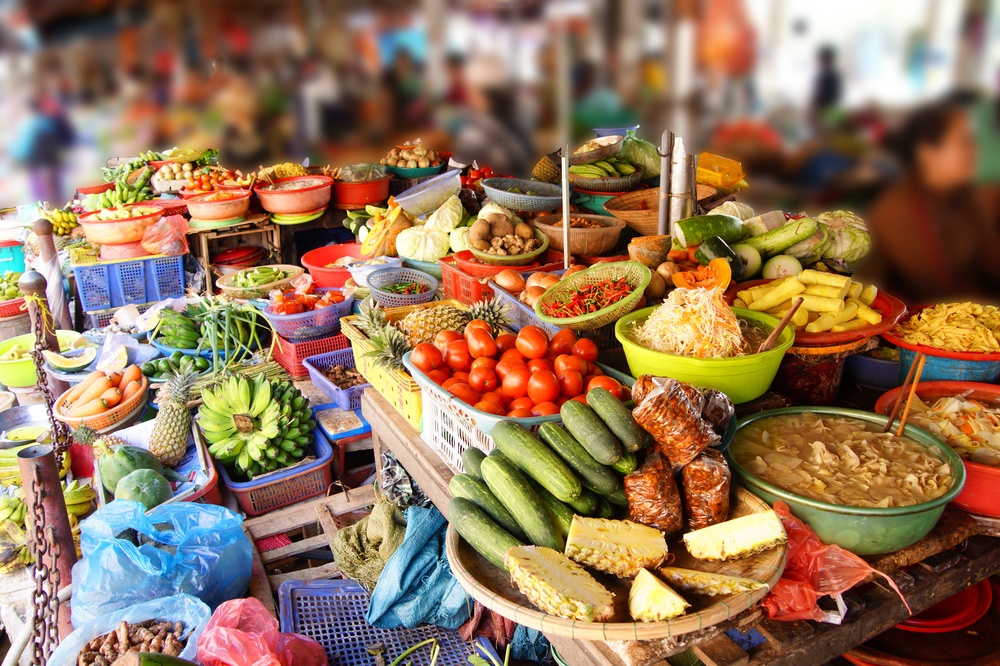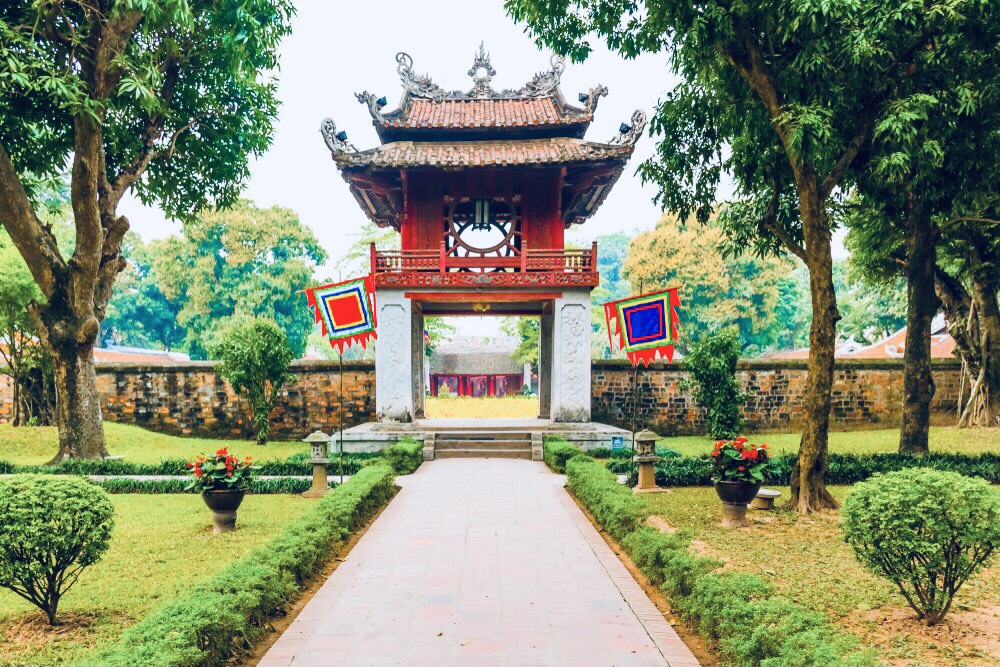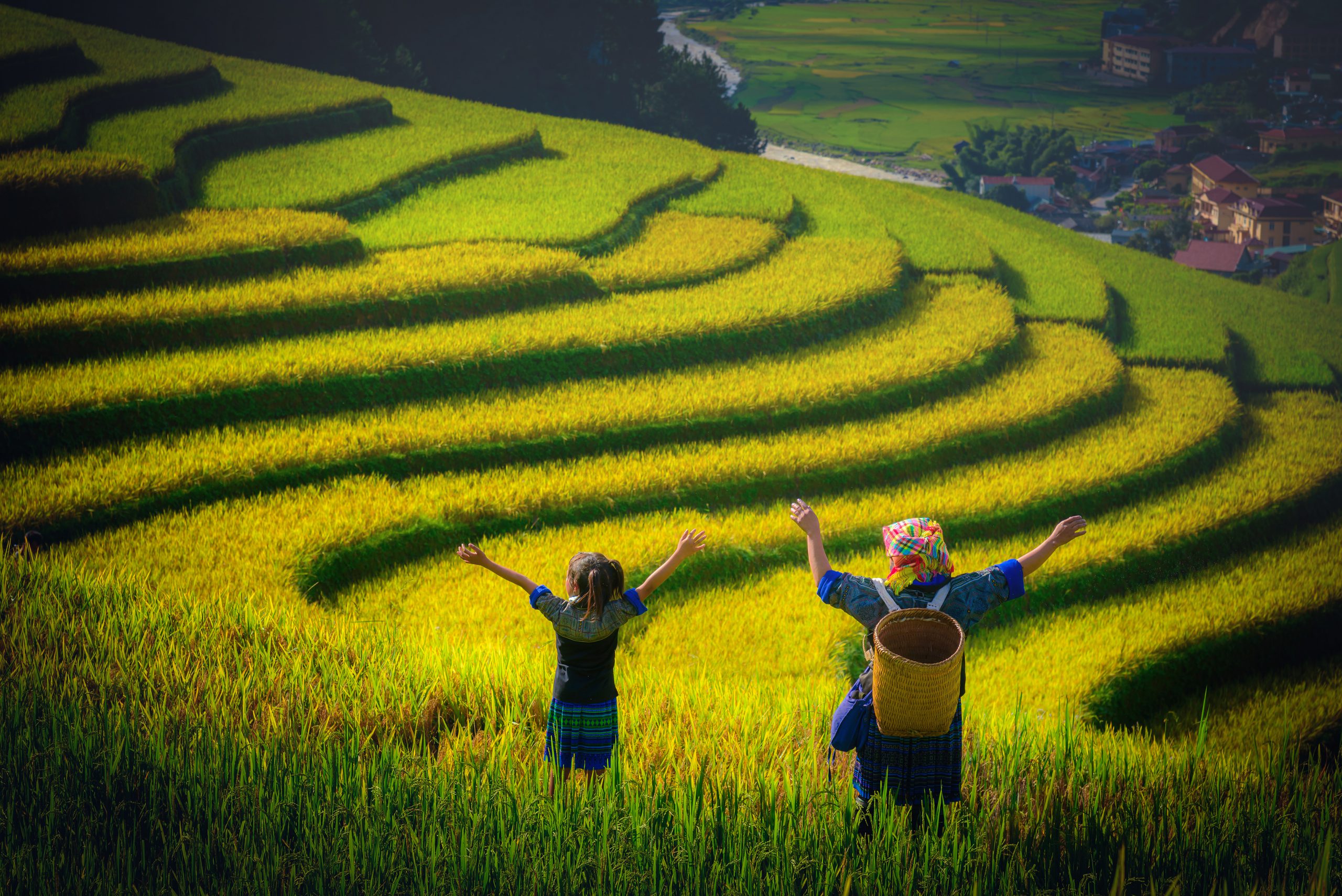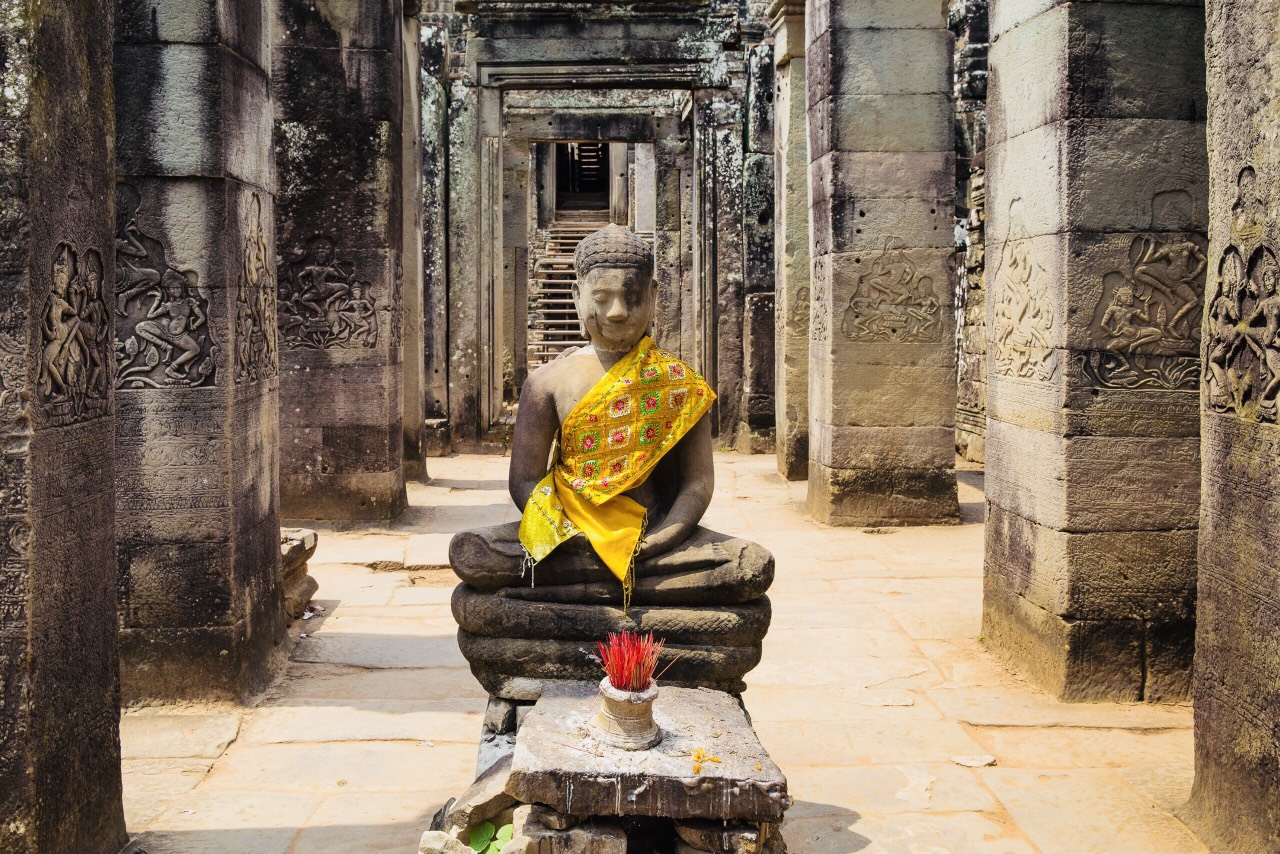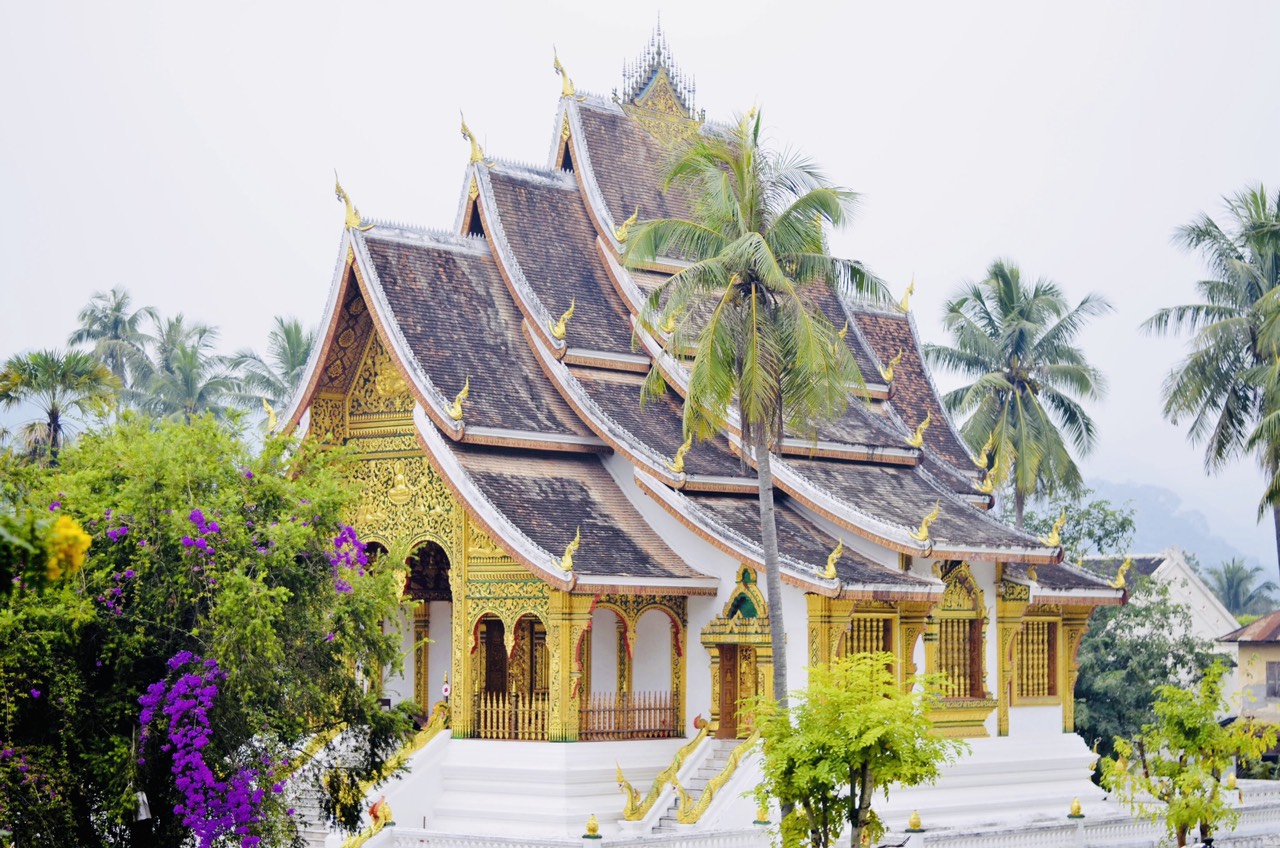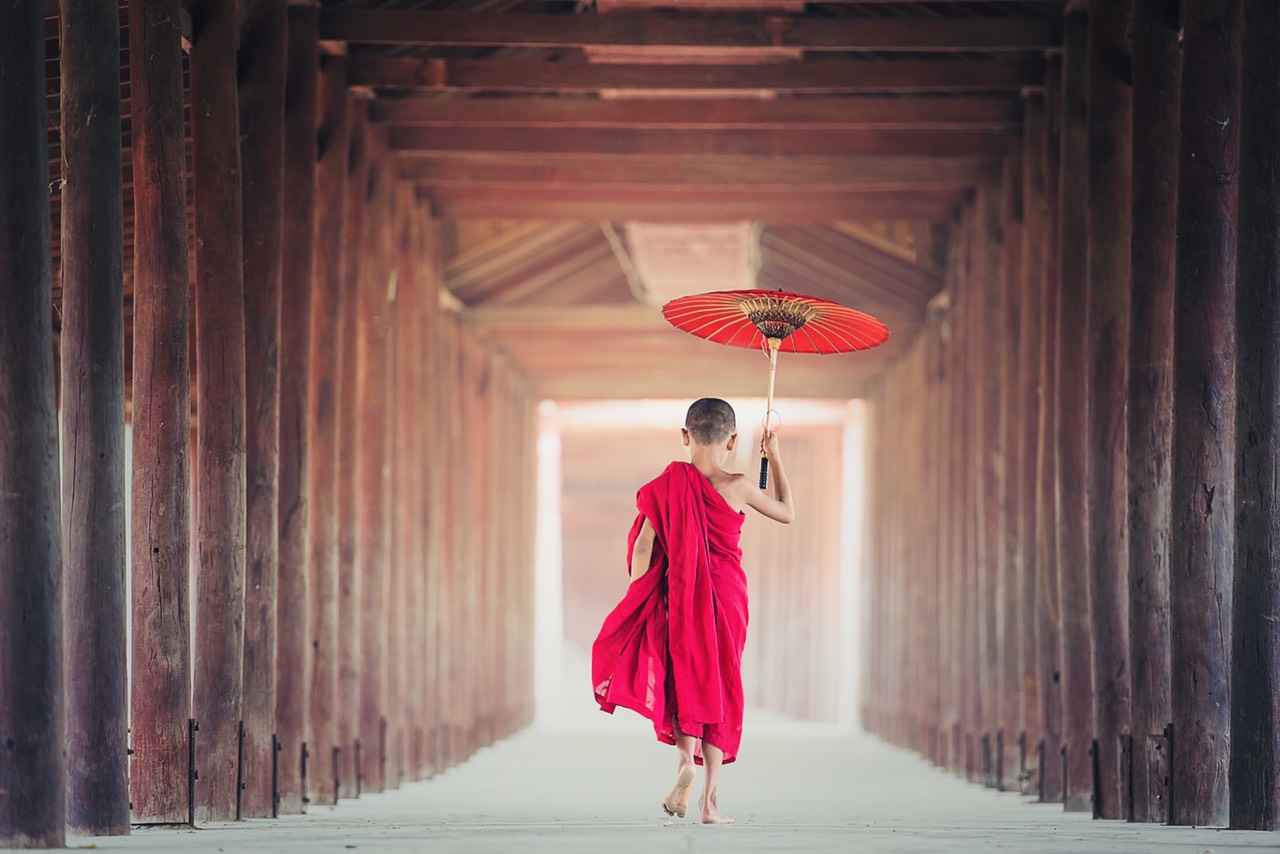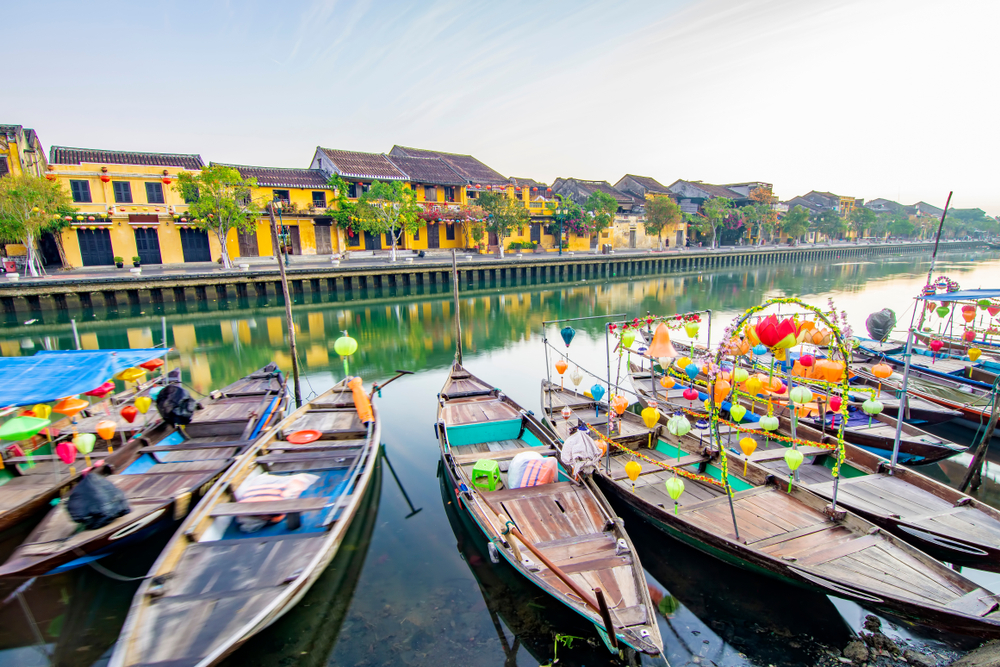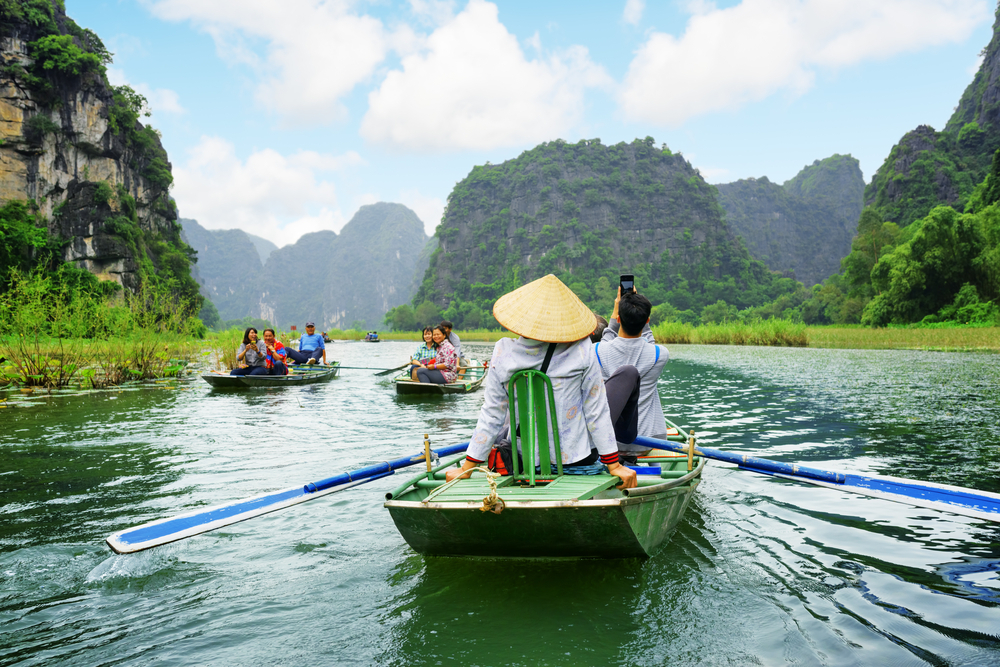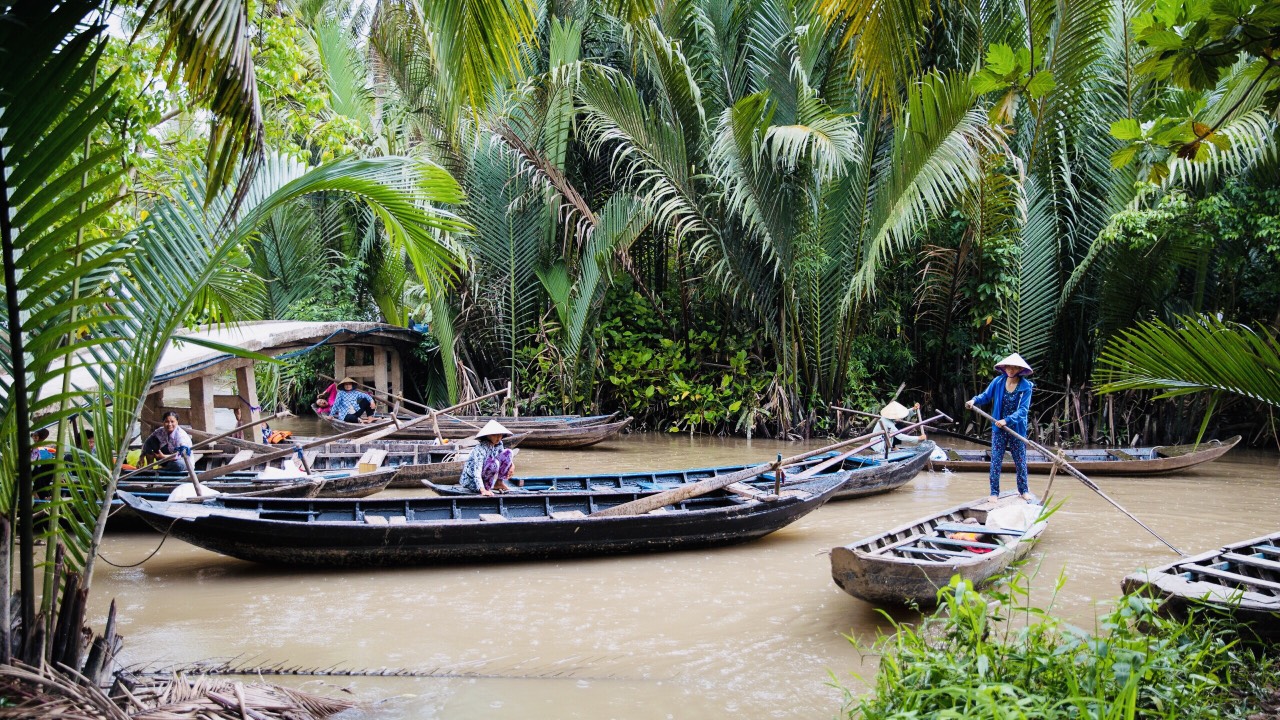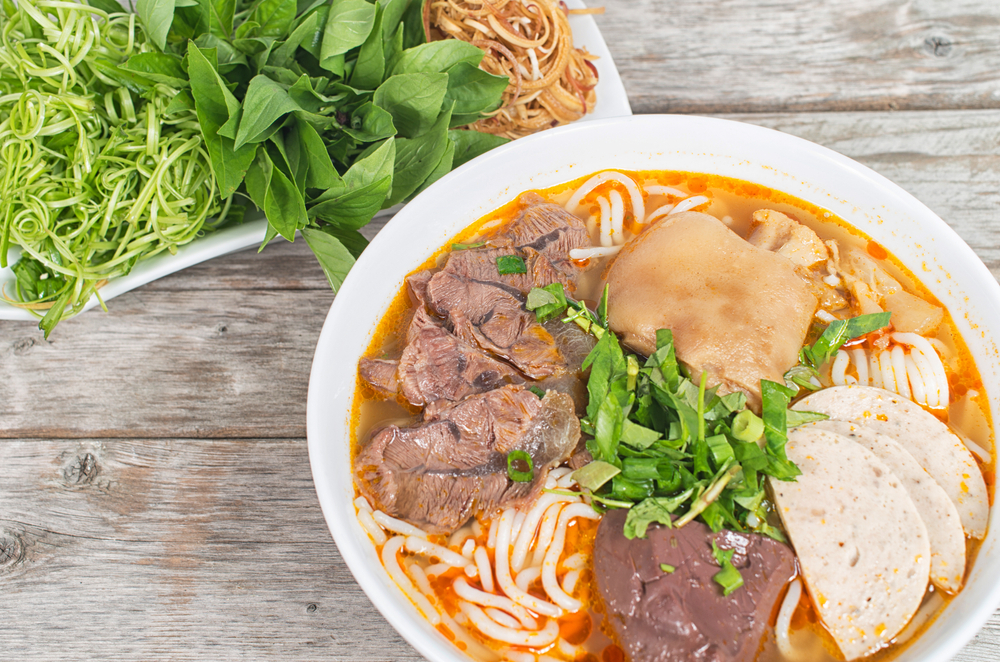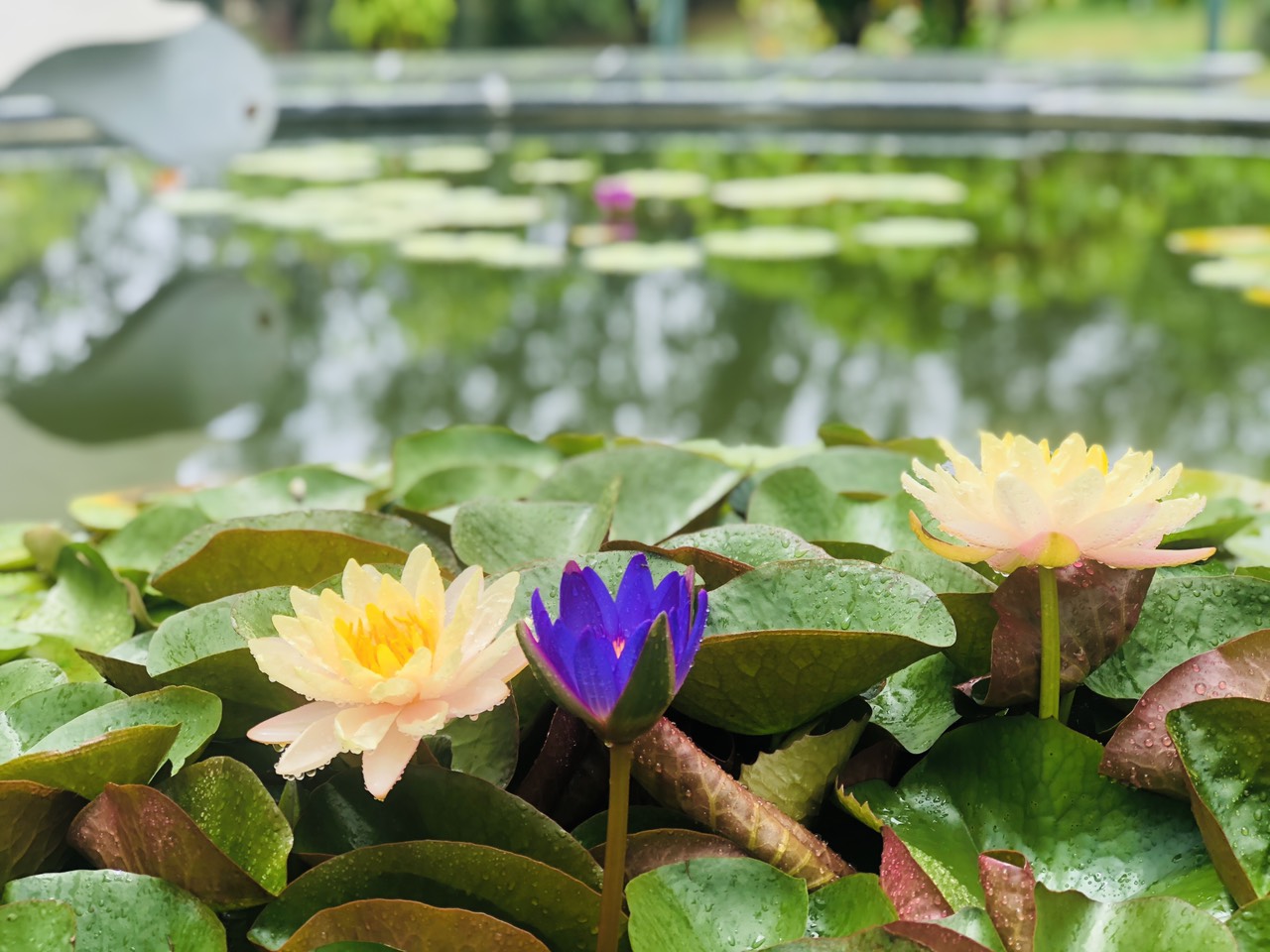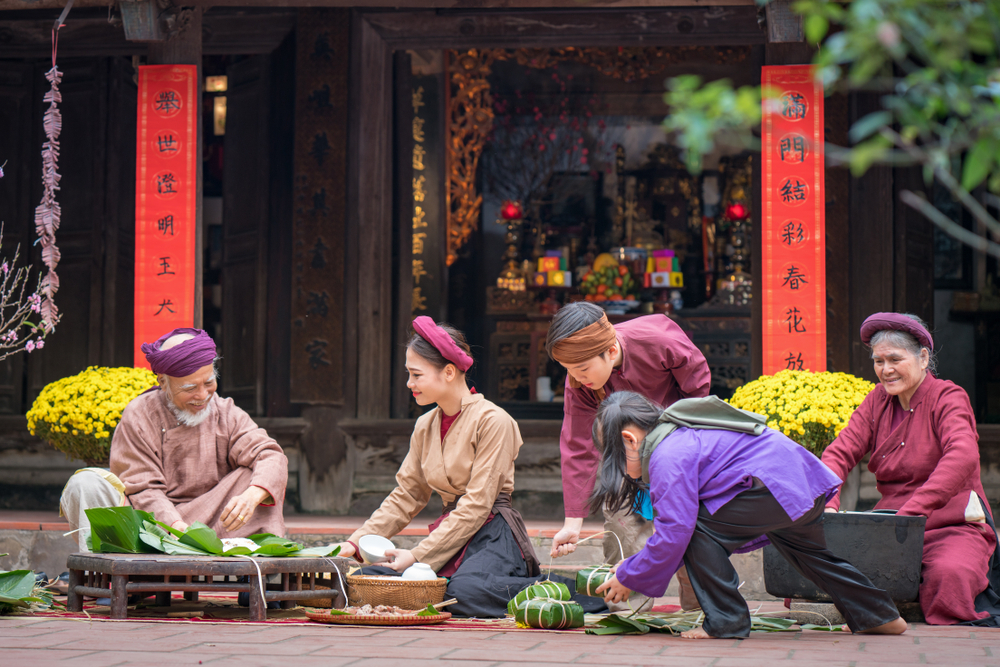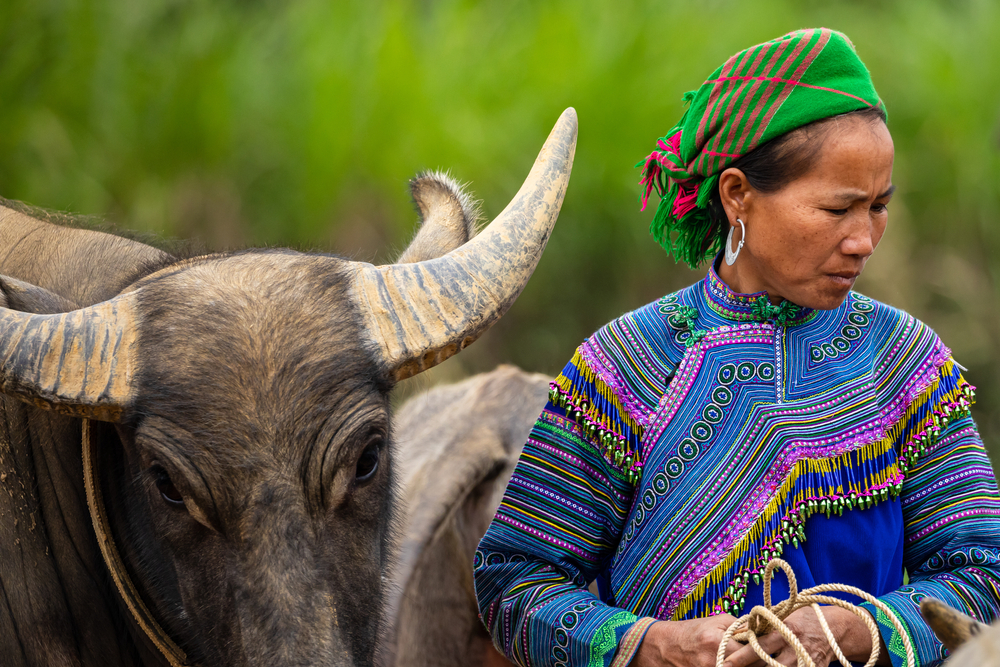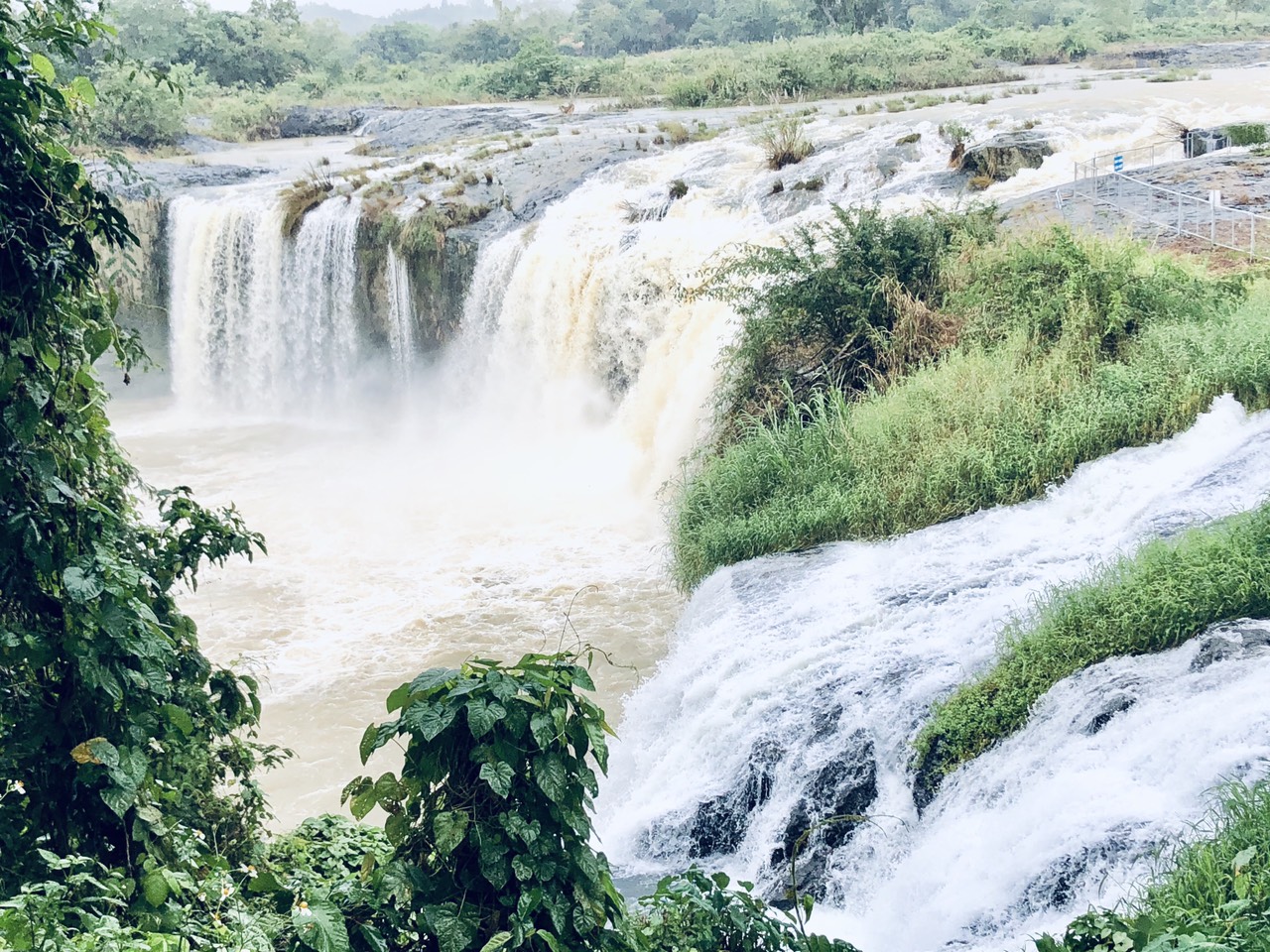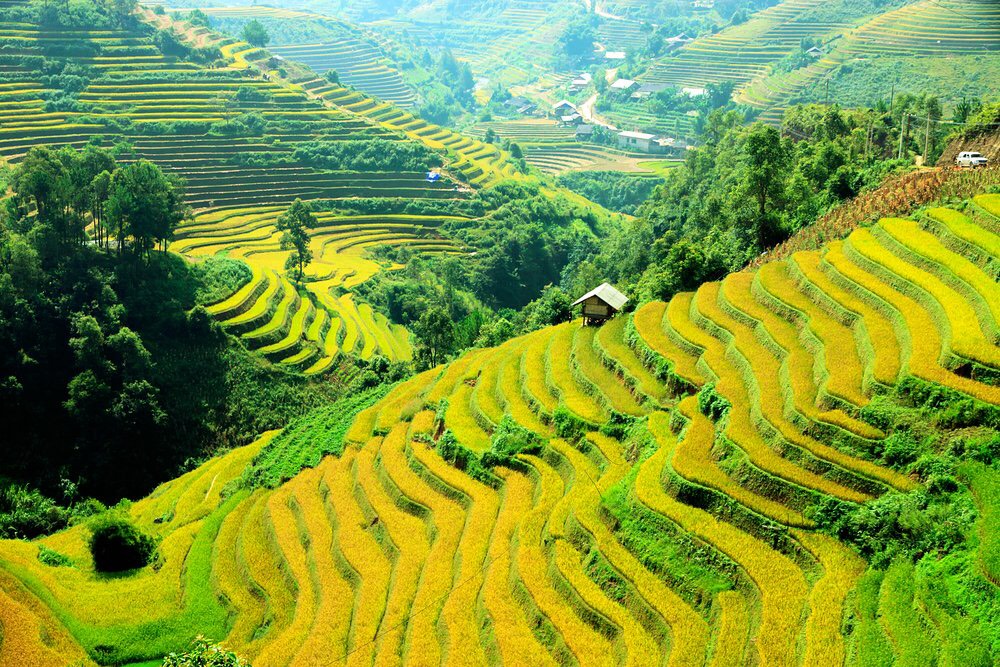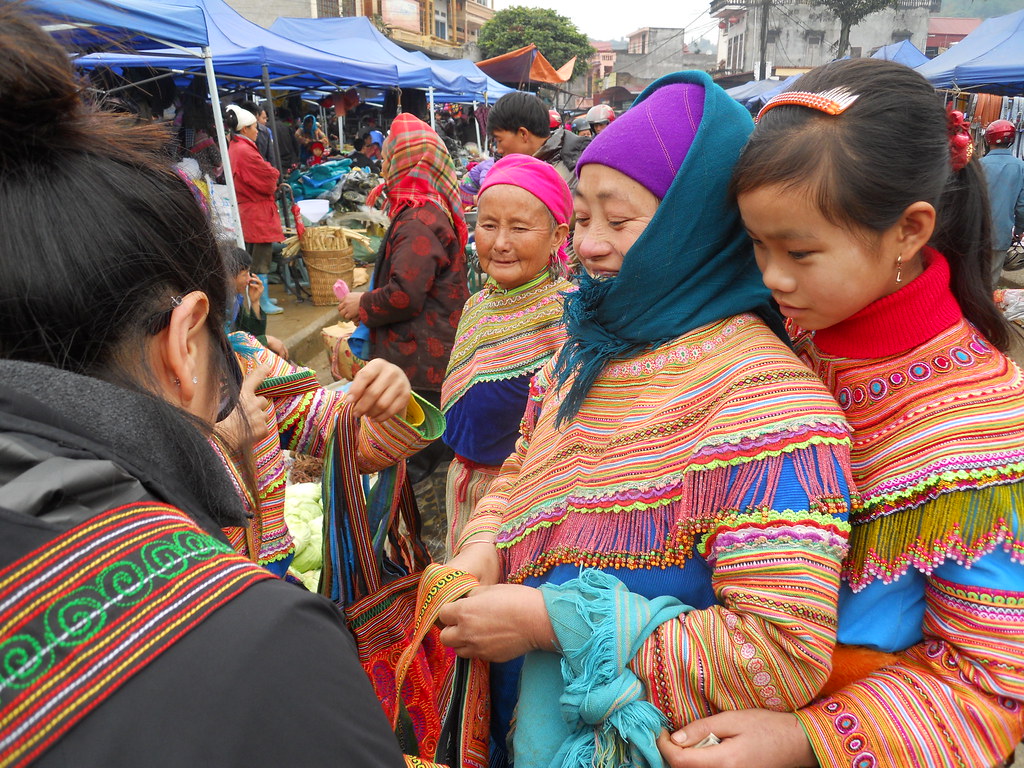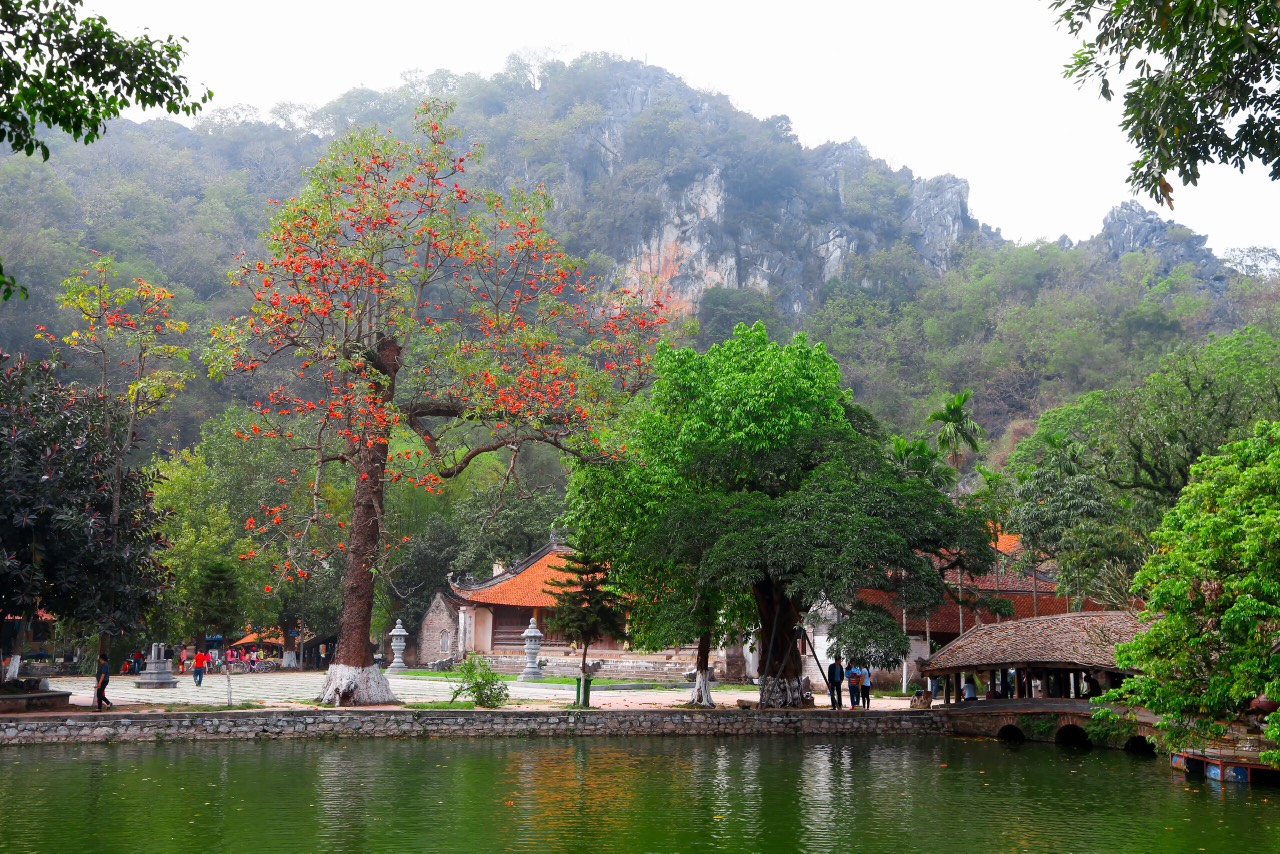
Located about 30 km from the heart of Hanoi, Thay Pagoda (Master Pagoda) is famous not only for its traditional architecture but also for its surrounding landscape. It is an ideal place for those who like to stay away from the hustle and bustle of the city and breathe the fresh air of the countryside.
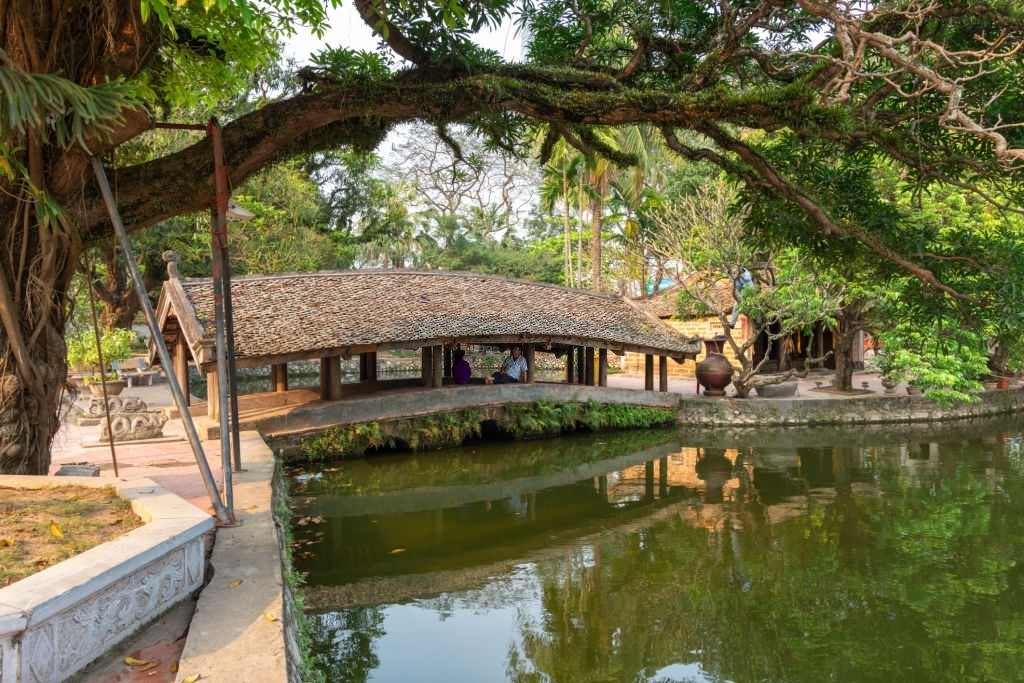
Thay Pagoda, also known as “Thien Phuc Tu” (Pagoda of Heavenly Blessing), is located at the foot of Sai Son Mountain in Quoc Oai District. As one of the oldest pagodas in Vietnam, the pagoda houses an impressive collection of Buddha statues from the 16th century. It is also a main place of Vietnam’s water puppet art.
The pagoda was built in the 11th century under the reign of King Ly Nhan Tong and was restored several times in the 15th century or 17th century. This pagoda is dedicated to the Vietnamese master Thien Tu Dao Hanh, who made a great contribution to the people and also the founder of Vietnamese water puppets.

In the context of the beautiful nature of mountains and lakes, the pagoda is built in typical Vietnamese architectural style. It is placed on a dragon-shaped ground according to the Feng Shui theory. In front of the pagoda, on the left, is the Long Dau mountain. At the back of the pagoda and on the right, it is the Sai Son mountain. In front of the pagoda, between Sai Son and Long Dau is a large pond named Long Chieu or Long Tri (Dragon Pond). In the middle of the pond, there is a pavilion on stilts of the oldest puppet show on water. On both sides are two bridges built in 1602: one leads to the Cac Co cave, and the other to Tam Phu temple.
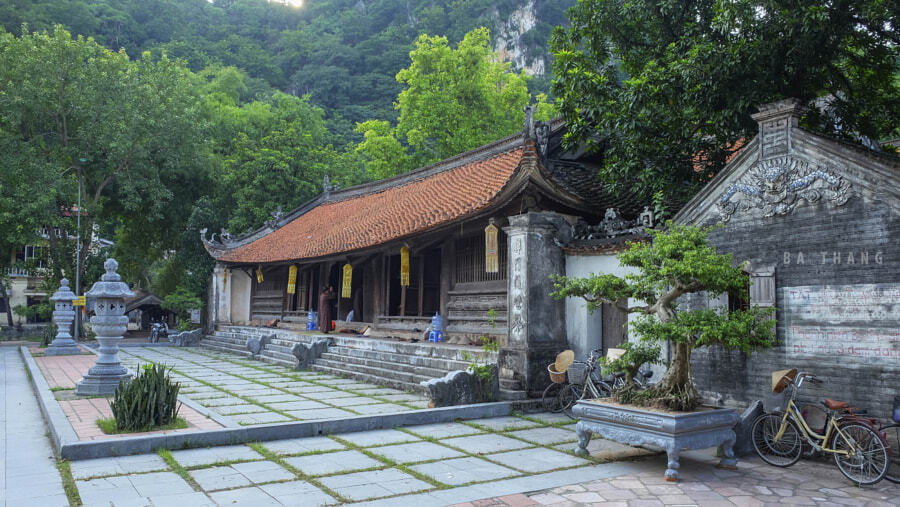
The pagoda consists of three main parts: Ha (lower), Trung (middle) and Thuong (upper). The Ha Pagoda is used for offerings and ceremonies, the Trung Pagoda honors Buddha and the Thuong Pagoda is dedicated to the memory of the monk Tu Dao Hanh. A statue has also been erected to commemorate this bronze and another for King Ly Nhan Tong.
The Thay pagoda has a treasure of sculptures such as the painting representing hell on the screen of the Ha pagoda and the two statues of the great protectors of the Buddhist Law which measure 4 meters in sitting position, at the Trung pagoda. The Thuong pagoda contains 36 statues from the Ly dynasty to the Nguyen dynasty, with various reincarnations of the monk Tu Dao Hanh, his parents, the two monks Minh Khong and Giac Hai.
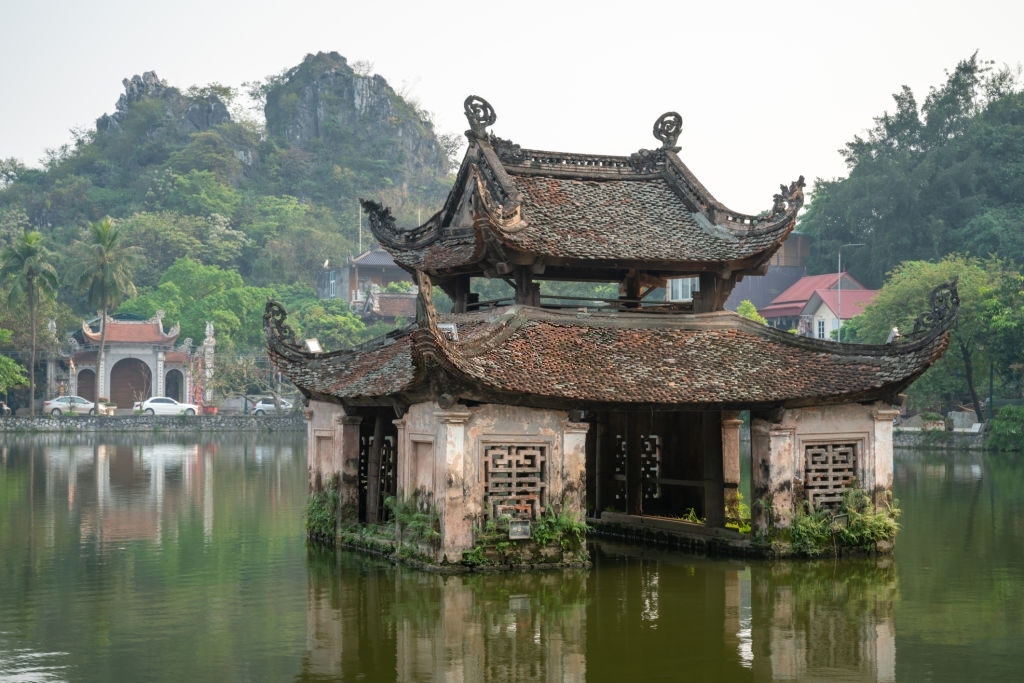
Thay pagoda is a pleasant place of pilgrimage frequently visited by Vietnamese. Every year, from the 5th to the 7th day of the 3rd lunar month, the Thay Pagoda Festival is held in honor of Tu Dao Hanh. During the festival, visitors can enjoy traditional games, watch an open-air water puppet show and make offerings. This festival is an impressive cultural experience for visitors.
Thay Pagoda plays an important role in the culture in general and in particular in Vietnamese Buddhism. This pagoda is definitely worth a visit for its natural scenic beauty and its historical and cultural values.
You might also like:



